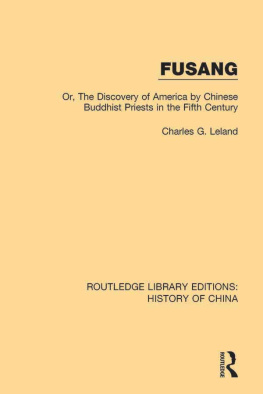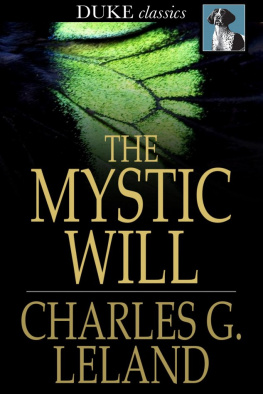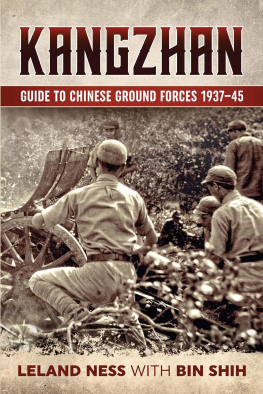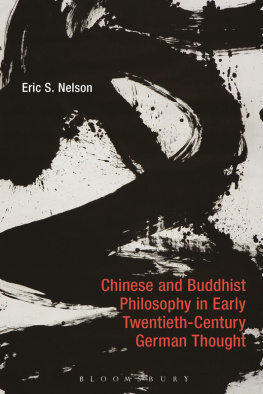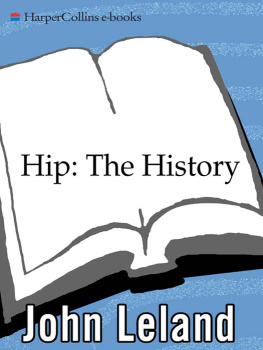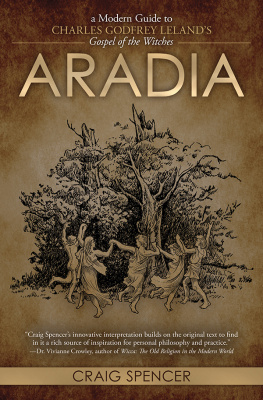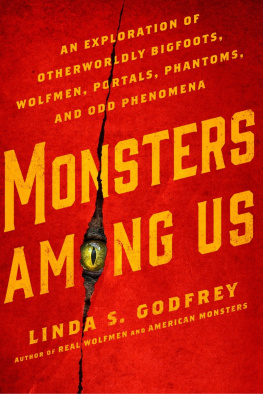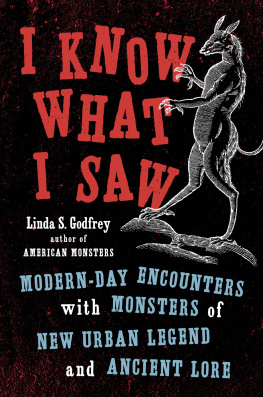First published in 1875
New impression 1973 by Curzon Press Ltd
This edition first published in 2019
by Routledge
2 Park Square, Milton Park, Abingdon, Oxon OX14 4RN
and by Routledge
711 Third Avenue, New York, NY 10017
Routledge is an imprint of the Taylor & Francis Group, an informa business
All rights reserved. No part of this book may be reprinted or reproduced or utilised in any form or by any electronic, mechanical, or other means, now known or hereafter invented, including photocopying and recording, or in any information storage or retrieval system, without permission in writing from the publishers.
Trademark notice: Product or corporate names may be trademarks or registered trademarks, and are used only for identification and explanation without intent to infringe.
British Library Cataloguing in Publication Data
A catalogue record for this book is available from the British Library
ISBN: 978-1-138-48273-9 (Set)
ISBN: 978-0-429-45536-0 (Set) (ebk)
ISBN: 978-1-138-58057-2 (Volume 7) (hbk)
ISBN: 978-0-429-46400-3 (Volume 7) (ebk)
Publishers Note
The publisher has gone to great lengths to ensure the quality of this reprint but points out that some imperfections in the original copies may be apparent.
Disclaimer
The publisher has made every effort to trace copyright holders and would welcome correspondence from those they have been unable to trace.
F U S A N G
OR
THE DISCOVERY OF AMERICA
BY
CHINESE BUDDHIST PRIESTS IN THE FIFTH CENTURY.
BY
CHARLES G. LELAND .
LONDON : CURZON PRESS
NEW YORK : BARNES & NOBLE BOOKS
C O N T E N T S.

First published London 1875
New Impression 1973
Published by
Curzon Press Ltd London and Dublin
and
Harper & Row Publishers Inc New York
Barnes & Noble Import Division
UK 7007 0023 4
US 06 492317 7
Reprinted in Great Britain
by Kingprint Ltd Richmond Surrey
P R E F A C E.
I T is now more than a century since the learned French sinologist Deguignes set forth, in a very ably-written paper in the Mmoires de lAcadmie des Inscriptions et Belles Lettres (vol. xxviii., 1761), the fact that he had found in the works of early Chinese historians a statement that, in the fifth century of our era, certain travellers of their race had discovered a country which they called Fusang, and which, from the direction and distance as described by them, appeared to be Western America, and in all probability Mexico. When Deguignes wrote, his resources, both as regards the knowledge of the region supposed to have been discovered and the character of the travellers, were extremely limited, so that the skill with which he conducted his investigation, and the shrewdness of his conjectures, render his memoir, even to the present day, a subject of commendation among scholars. Few men have ever done so much or as well with such scanty and doubtful material.
The original document on which the Chinese historians based their account of Fusang was the report of a Buddhist monk or missionary named Hoei-shin (Schin or Shn), who, in the year 499 A.D. , returned from a long journey to the East. This report was regularly entered on the Year-Books or Annals of the Chinese Empire, whence it passed, not only to the pages of historians, but also to those of poets and writers of romances, by whom it was so confused with absurd inventions and marvellous tales, that even at the present day discredit is thrown by a certain class of critics on the entire narrative. In 1841 Carl Friedrich Neumann, Professor of Oriental Languages and History at the University of Munich, published the original narrative of Hoei-shin from the Annals, adding to it comments of his own elucidating its statements, and advancing somewhat beyond Deguignes. This little work I translated into English, under the supervision of Professor Neumann, and with his aid. I believe that, as he revised and corrected the English version here given, it may claim to be an accurate translation from the Chinese text of the Year-Book, and that of Hoei-shin. I have placed it first in this volume because it gives in a much more perfect form than is to be found in the memoir of Deguignes the original report on which the entire investigation is based. It of course includes Professor Neumanns comments on the monks brief narrative; and as these embrace many remarks on the possibility of passing by sea from the Chinese to the American coast, I have thought it appropriate to place next in the series a letter from Colonel Barclay Kennon, who, as a prominent officer in the United States Coast Survey, passed several years in the North Pacific, during which time he surveyed and mapped, in company with two colleagues, the entire coast, both on the Asiatic and American sides. Colonel Kennon is of opinion that the voyage supposed to have been taken by the Buddhist monks is easily practicable, and might be effected even in an open boatthe vessel in which he himself passed both summer and winter, and in which he sailed more than 40,000 miles, having been simply a small pilot-boat. To this I have added, in further reference to certain remarks by Professor Neumann, a comment on the affinities between American and Asiatic languages, and other subjects mentioned in his text, i.e., the Mound-Builders and the Images of Buddha. These are followed by extracts from, and remarks on, a series of articles by M. Gustave dEich-thal, contributed to the Revue Arch[??]ologique in 186263, in which he defends Deguignes from an attack which the well-known Orientalist Julius Heinrich von Klaproth made upon the original memoir by the former. I believe that it will be admitted by all unprejudiced Bcholars, that in these ably-written and very temperate articles M. DEichthal has fully vindicated Deguignes, and has also contributed much very valuable material to the subject. I am far from claiming that it has been absolutely proved that Hoei-shin was in Mexico, or that he was preceded thither by five beggar-monks from the Kingdom of Kipin. But it cannot be denied that, as further researches have been made, much which at first seemed obscure or improbable in his narrative has been cleared up. All that Hoei-shin declares he saw is not only probable, but is confirmed, almost to the minutest details, by what is now known of Old and New Mexico.
All that seems fabulous in his story, he, like Herodotus, relates from hearsay; but it is remarkable that these wonders, which Professor Neumann was unwilling to cite, all appear at the present day to be simply exaggerations of facts which recent research has brought to light. Among the objects seen and described by the monk was the maguey plant, or great cactus, which he called the Fusang, after a Chinese plant slightly resembling it, and this name (Fusang) he applied to the country. His description of this plant, and of its many uses, is very striking. Other things peculiar to Mexico, but not known to China, were remarked, as, for instance, the absence of iron, and the fact that copper, gold, and silver were not prized, and were not used for money. The manner in which marriage was contracted in Fusang, according to his description, is not at all ChineseI doubt if it be Asiaticbut it exists in more than one North American tribe, and something very like it was observed by a recent traveller in New Mexico.




